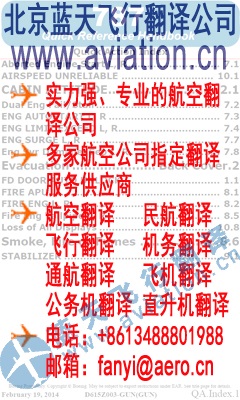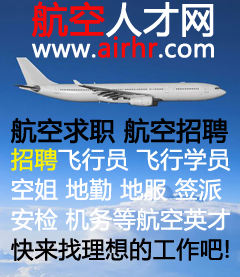|
曝光台 注意防骗 网曝天猫店富美金盛家居专营店坑蒙拐骗欺诈消费者
This gain limitation was deemed acceptable with a second-order high-pass filter break frequency of 0.7 rad/sec. Bray found that for a large transport aircraft with full roll gain, motion filter break frequencies of 0.5 rad/sec caused slight contradictions in the visual and roll motions (ref. 27). Increasing the break frequency to 1.0 or 1.4 rad/sec resulted in a reduction of some pilots’ ability to stabilize the Dutch roll motions. Experimental Translational Criteria. Fewer experiments have examined translational motion than rotational motion. Cooper and Howlett (ref. 40) suggested a lateral translational-axis fidelity criterion, as shown in figure 3. Second-order filters were used with a hexapod platform capable of ±5 ft of lateral translation. The specific points tested to arrive at the best compromise region were not given. He suggested that the vertical acceleration phase-fidelity should be accurate down to 1.0–1.5 rad/sec. Fidelity was somewhat arbitrarily defined as the simulation motion cue not having a phase error of more than 20° relative to the model. Moderate decreases in pilot-vehicle crossover frequency and phase margin were noted if the vertical motion platform gain was lowered from 1.0 to 0.5. No other gains were examined. Sinacori Criteria. Sinacori used a six-degrees-of-freedom helicopter model (ref. 44). Criteria relating the motion-drive dynamics to motion fidelity were postulated from a very limited set of data (four test points); they are shown in figure 5. The criteria suggest that motion fidelity can be predicted by examining the gain and phase shift between the math model and the commanded motion system accelerations at a particular frequency. The phase shift between these two accelerations is due to the high-pass motion filter placed between the two signals. The 0.0 1.0 10.0 Motion filter time constant, sec 1.0 x and y locations on figure 5, respectively. The amount by which the commanded motion-system acceleration phase angle differs from 0° is defined as its phase |




